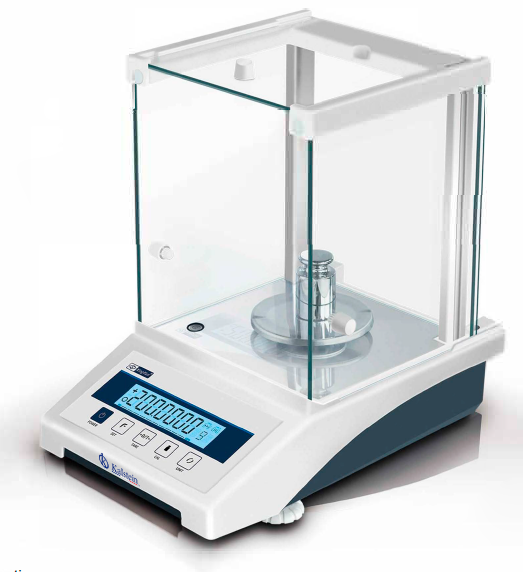Mass is one of the quantities that needs to be evaluated in the laboratory, either to prepare reagent solutions, specimens or samples for a given analysis, with the accuracy and precision required by the quality of the study to be carried out.
Mass is defined as the amount of matter that a body has. The Unit of the International System of Measurements (SI), fundamental to measure mass is the Kilogram (Kg), however in chemistry the gram (g) is used, since it is a smaller unit and at the same time more convenient in chemical studies .
What are the units in which mass is measured?
Among the units of mass we have:
- The kilogram (Kg) equivalent to 1000 grams.
- The gram (g) equivalent to 1 gram.
- The milligram (mg) equivalent to 0.001 grams.
- The microgram (µg) equivalent to 0.000001 grams.
To measure mass, a balance is used, in some of them the mass of objects and substances can be determined to within micrograms. The choice of the balance depends on the precision required and the quantity of the sample. There are various equipment and materials to measure mass in the laboratory, among them are analytical balances, with a precision of 0.0001 g, digital electronic balances with a precision of 0.001 g, and granatary balances whose precision can be from 0.1 g to 0.01 g.
Balances are characterized by their accuracy, precision and sensitivity. The first quality refers to the property that any physical instrument possesses to supply the result of a measurement with a value coinciding with the true one; this implies that the error is as small as possible. The term accuracy is often taken as equivalent to precision. Sensitivity is determined by the ability to accurately determine results for very small values, and can be expressed as the difference between extreme values of several measurements of the same magnitude.
Analytical balance
The analytical balance is one of the most widely used measuring instruments in the laboratory and on which basically all analytical results depend. Modern analytical balances, which can offer reading precision values from 0.1 µg to 0.1 mg, are well developed so that the use of special rooms for weight measurement is not necessary.
Electronic precision balance
A precision electronic balance is an instrument that is used to weigh through the intervention of gravity in order to determine a mass in question. Use a plate where the object to be measured is placed. Then the load cell is the one that allows to measure the weight exerted by the mass to be determined. Precision balances are used in laboratories and are practically essential for all tasks carried out there.
The resolution of these balances varies according to the model, the same happens with the working range. They generally have a resolution that can reach 0.01 g of resolution.
Granataria balance
The granataria scale is one of the most frequently used items to measure. The objective for which these types of scales are intended is to determine the general mass of a substance or to weigh a certain amount of that mass.
At Kalstein we are MANUFACTURERS and we offer you innovative analytical and precision balances at the best PRICES on the market. That is why we invite you to take a look at the Products menu. HERE

